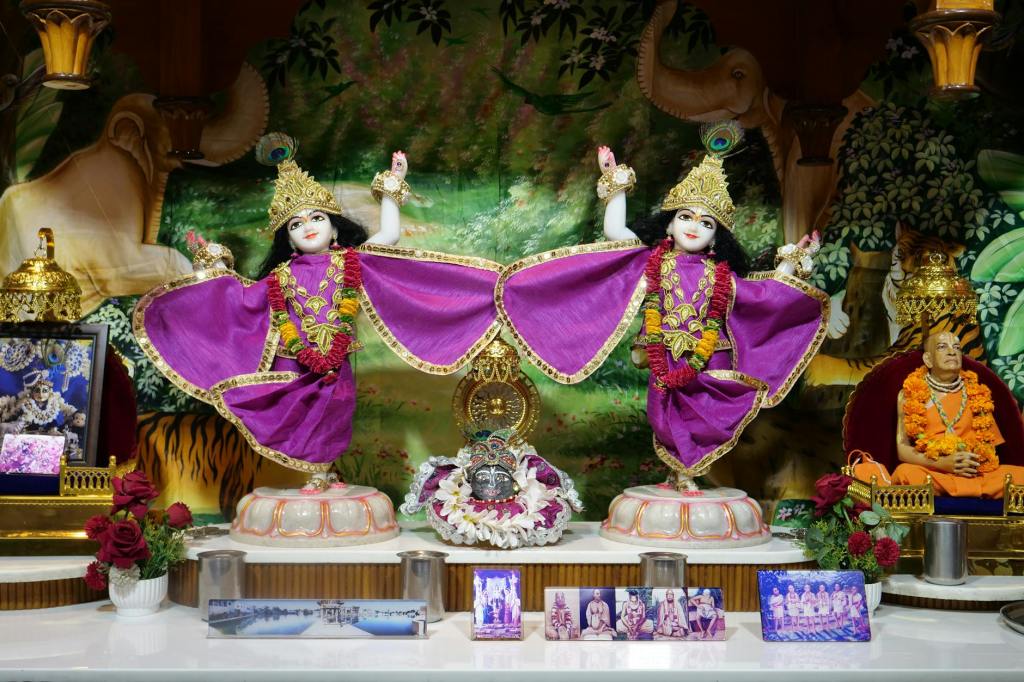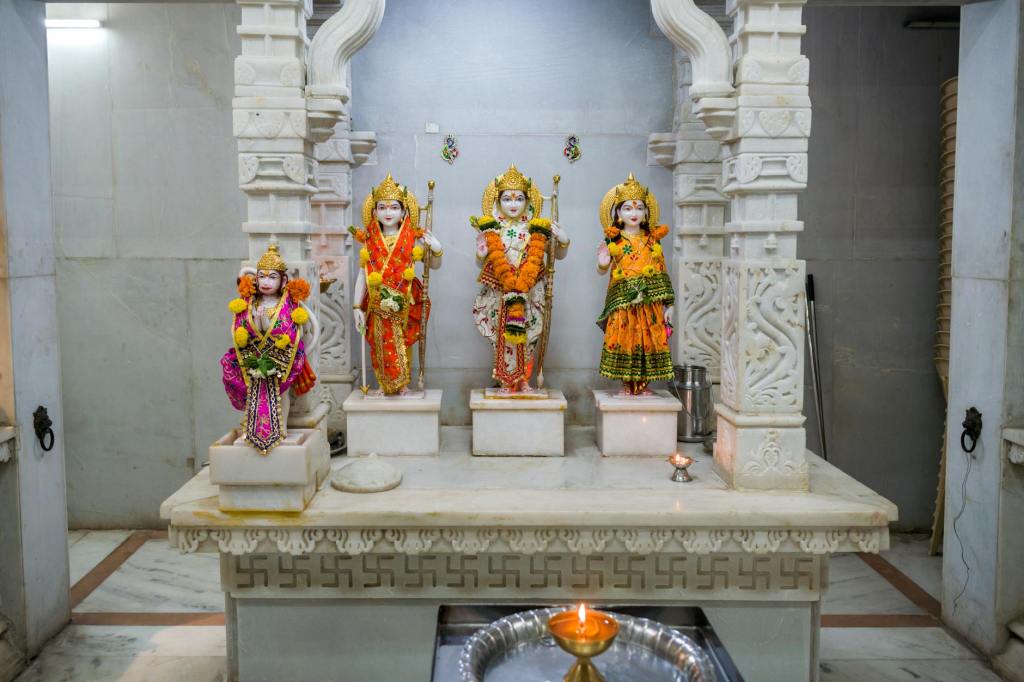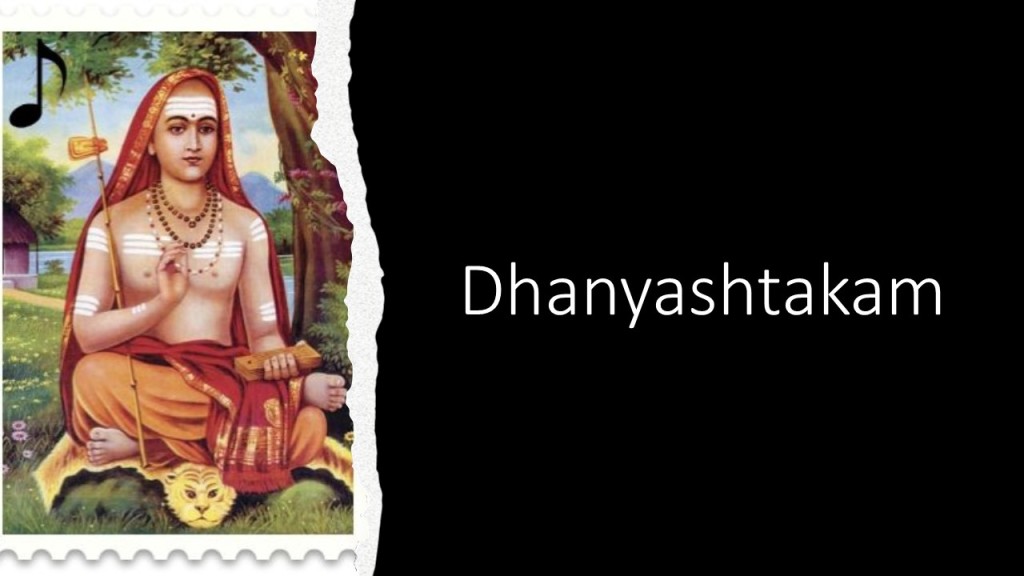The Story of Maha Shivaratri
One day, Lord Indra was traveling on his royal elephant- Airavata. He met sage Durvasa on the way, and the sage gifted him a special garland that was given to him by Lord Shiva. Indra placed the garland on the elephant’s trunk which the jumbo threw on the ground, thus disrespecting the sage who was notorious for his anger. Sage Durvasa cursed Indra and the rest of Devas that they would lose all their strength and fortune.
This was the perfect time for the Asuras to attack the Deva-loka. Headed by Bali, the army of Asuras came down heavily upon the devas and defeated them. When the Devas rushed to Lord Vishnu to save them, he suggested that they churn the Ocean of Milk by which they’d obtain the nectar of immortality, which alone could save them. He also suggested to form a strategic alliance with the Asuras to help them churn the ocean.

Samudra Manthan – Churning the ocean
All arrangements for the churn were made- the mountain Mandara was made the churning rod and snake Vasuki the churning rope. The Asuras wanted to take the head-side of the snake.
The churn started and a whole lot of things started emanating out of the ocean- Goddess Lakshmi, who chose Lord Vishnu, Apsaras- taken by the Devas, Varuni- taken by the Asuras, the jewel Kaustubha- taken by Vishnu, the Parijata tree- given to the Devas, the Sharanga bow- owned by Vishnu initially, but given to the Asuras, Ucchaishrava horse- given to the Asuras, Kaamadhenu cow- given by Lord Vishnu it to the Rishis and then, just before the final nectar would emerge came the deadly Halahala poison. It was so toxic that it would destroy the whole universe. The Devas then rushed to Lord Shiva to save them from this fateful poison.
Lord Shiva and Shivaratri
Lord Shiva then consumed the poison to save the world. But Goddess Parvati intervened, put her hand on Shiva’s neck and prevented it from going further down. Thus the poison was contained within the neck and his neck turned blue. Hence, Shiva was called Neela-kantha (the one with a blue neck) from then on.
It is this auspicious occasion in which Lord Shiva consumed the most dangerous poison to save the universe, which is celebrated across the world even today as the Maha Shivaratri. It’s celebrated on the 14th day on the dark fortnight of the Phalguna month in the Hindu calendar. Devotees stay vigil all night and contemplate the Adi Yogi- Lord Shiva. It’s said that this day also has astrological and yogic significance which helps a seeker attain spiritual progress.
Astrological Significance of Maha Shivaratri
According to ProKerala, the alignment of the planets on day of Mahashivaratri is such that they create all the conditions necessary to reach the spiritual summit. The planetary positions are said to create a powerful positive upsurge of energy. During this period, our consciousness is believed to peak and reach a higher level. In order leverage this phenomenon for one’s spiritual upliftment, devotees stay awake the whole night.
It is believed that by staying up and keeping an erect spine, we can tap into this natural upsurge of energy. Since sleep is an impediment to maintaining an erect spine, people keep themselves awake through prayers and chants of “Om Namah Shivaya”. More often than not songs, music and dance are all a part of Mahashivaratri to help absorb and immerse oneself in the positive vibe.
Why do we celebrate Shivaratri?
Shivaratri is celebrated every month in honour of Lord Shiva. Keeping aside the astrological significance of this day, this occasion is earmarked to perform bhakti to Lord Shiva and earn his grace.
Maha Shivaratri Date 2023 – Saturday, 18 February
Maha Shivaratri Date 2024 – Friday, 8 March
Shivaratri images




The significance of Maha Shivaratri, from multiple perspectives, is covered in this article by Isha foundation.






Leave a comment